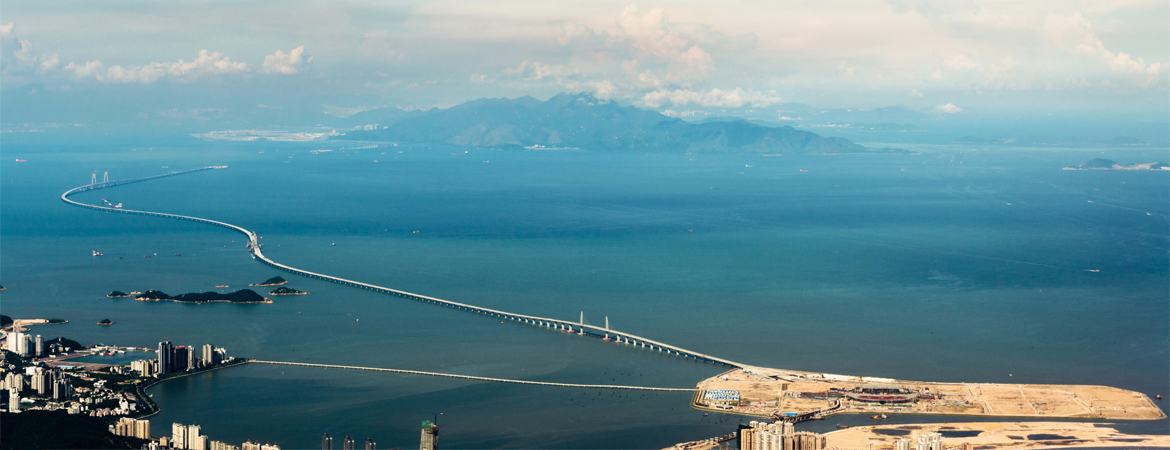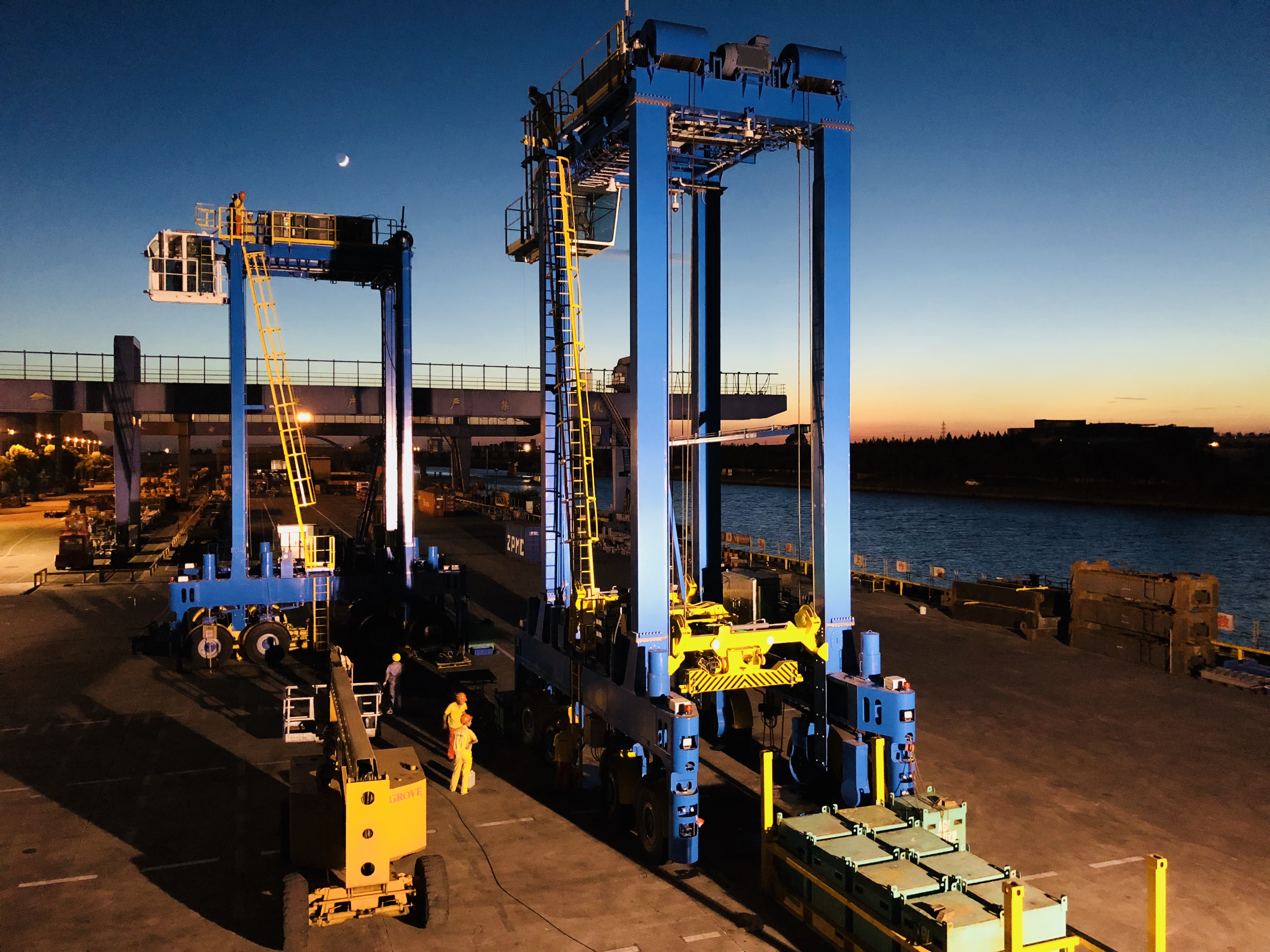- News
-
 Business
Business
-
 Port Machinery
Port Machinery
-
 Offshore Engineering Equipment
Offshore Engineering Equipment
-
 Steel Structure
Steel Structure
108
Products enter global countries and
regions
300
sold to 300 terminals +
119
119 globle branches
OUR ZPMC
OUR ZPMC, service portal to every need of yours. Experience the all-in-one platform - coming soon!
- 中文
- English
- Français
- Español
- Português









